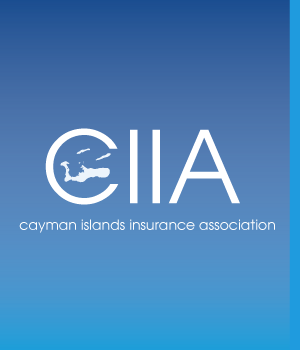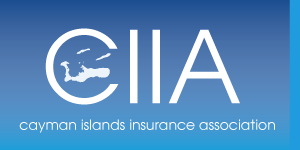The Resource Center provides a glossary of insurance terms to help you understand the various insurance wordings that may appear in your quotes, cover notes & policies.
Glossary of Terms
Health Insurance
Life Insurance
Property and Casualty
A B C D E F G H I J K L M N O P Q R S T U V W X Y Z
Absolute Beneficiary
See Irrevocable Beneficiary.
Accelerated Endowment
A dividend option allowing dividend accumulations to be applied to convert a life insurance policy into an endowment, or to shorten the endowment term.
Accelerative Endowment
An option to use Life Insurance policy dividends to mature a policy as an endowment before the regular maturity date.
Accidental Death Benefit
An extra benefit which generally equals the face of the contract or principal sum, payable in addition to other benefits in the event of death as the result of an accident. See also Double Indemnity and Multiple Indemnity.
Accumulation Value
A term used in Universal Life policies to describe the total of all premiums paid and interest credited to the account before deductions for any expenses, loans or surrenders.
Accumulations (or Accumulation Benefits)
Percentage additions to policy benefits when the contract is continuously renewed.
AD&D
See Accidental Death and Dismemberment Insurance.
Adjustable Life
A form of life insurance which allows changes on the policy face amount, the amount of premium, period of protection, and the length of the premium payment period. See also Flexible Premium Adjustable Life Insurance Policy.
Adjustable Premium
The right of an insurer to change the premium rate on classes of insureds, or blocks of business at the time of policy renewal.
Administrative Services Only
The services provided by an insurer, such as providing claim forms and processing claims, when the insurer is not the party funding the loss payments. See also Self Funded Plan.
Age Change
The date on which a person’s age, for insurance purposes, changes. In most Life Insurance contracts this is the date midway between the insured’s natural birth dates. Health insurers frequently use the age of the previous birth date for rate determinations. On the date of age change, a person’s age may change to that of the last birth date, the nearer birth date, or the next birth date, depending upon the way in which the rating structure has been established by that particular insurer.
American Experience Table of Mortality
A statement of expected mortality rates based upon data accumulated in 1868 from a large number of insured persons. This table was widely used by life insurers until the 1950s to establish rates.
Amount At Risk
The difference between the face amount of a Whole Life Insurance contract and the cash value which it has built up. The net amount at risk declines throughout the life of the contract, while the policy reserve increases along with the cash value. It is the amount the insurer would have to draw from its own funds rather than the policy reserve were the contract to become a death claim.
Annual Payment Annuity
An annuity which was purchased by the payment of annual premiums for a specified period of time.
Asset Share Value
The value of a book of business to an insurer, assuming that the business has been in force long enough to show true mortality rates. This value must be known by the insurer in order to make rates and also in order to sell the business. If assets share values do not grow properly, either the rates have been too low or expenses too high.
Assignment
The transfer of the ownership rights of a Life Insurance policy from one person to another. The term also refers to the document that effects the transfer.
Attained Age
The age an insured has reached on a given date.
Automatic Premium Loan
A provision in a Life policy authorizing the insurer to use the loan value to pay any premiums still due at the end of the grace period.
Automatic Reinsurance
This form of reinsurance, also known as Treaty Reinsurance, is one whereby an insurer must cede that portion of a risk that is above the limit established by contract, and the reinsurer must accept all risks ceded to it.
Aviation Accident Insurance
A form of insurance which protects individuals as passengers or pilots, usually on scheduled aircraft, or which covers the flight travel of the employees of a company under a master policy.
Aviation Hazard
The extra hazard of death or injury resulting from participation in aeronautics, usually as other than a fare-paying passenger in licensed aircraft. This generally requires an extra premium rating or waiver of certain benefits or coverage.


